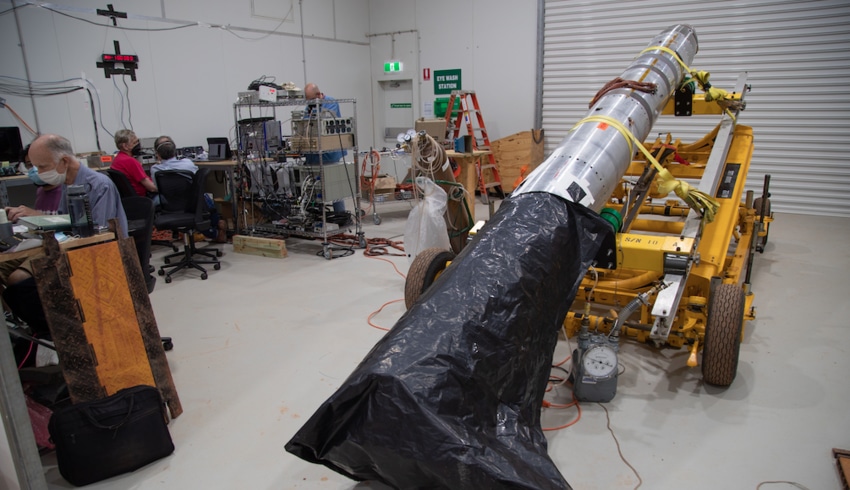The efforts combined the know-how of Yolŋu landowners in North-East Arnhem Land with the American space agency’s mapping technology.
The landmark launch, a collaboration with NASA, took place from the Dhupuma Plateau in a remote part of the Northern Territory at midnight on 26 June.
It was the first of three planned from the Arnhem Space Centre, with the next happening on 4 and 12 July.
You can watch the blast-off moment on YouTube below.
Now the managing director of the Dhimurru Aboriginal Corporation, Djawa “Timmy” Burarrwanga, has told the ABC his group has now recovered most of the rocket’s pieces.
“We've got buffaloes and snakes around, you have to be careful,” he said. “I think it's very important to know what's happening with the rockets, and environmentally see how [NASA and ELA] look after the land.”
The ABC added Yingiya Guyula, the independent member for Mulka, had “grave fears” about where pieces of the rocket may have landed.
“It was something that should've been looked at more carefully,” Guyula said.
“What are the steps when there are bits and pieces falling out of the sky, and how safe is it to land in an area?
“There are people out there who live on the land, they hunt and move along that area. Like I've been saying time and time again, Arnhem Land is not empty land.”
ELA chief executive Michael Jones, however, said the business had undertaken a risk assessment and the launch was cleared by the regulatory authorities.
“You have a better chance of one of the jets flying around in Australia flying down and hitting your house, a way higher probability, than having part of those rockets come to you,” Jones said.
The mission saw the sub-orbital “sounding rocket” lift-off from the launchpad carrying scientific instruments designed to observe the Alpha Centauri A & B constellations.
More than 70 NASA staff travelled to Australia from the Wallops Flight Facility to work on the project.
It marked the space agency’s first rocket launch from Australia since 1995 when launches were conducted from the RAAF Woomera Range Complex.
The contract for the launch was first announced in 2019, initially planning for lift-off in 2020 but was delayed due to pandemic-related restrictions.
Earlier this month, ELA said it was “ramping up its capacity” so that over the next 18 months to two years, it will facilitate over 80 annual launches.
The head of the Australian Space Agency, Enrico Palermo, later hailed the launch as a “meaningful next step” for the local industry.
“We’re at a point where we can leverage our strengths, our geography, our regulatory framework, and our responsible approach to doing launch to attract a significant sector growing globally,” said Palermo.
“Once you have access to launch, you have full custody from building spacecraft to getting them into space and servicing them. When we do that, we become a regional space leader and can provide services for our partners in the region.”

Adam Thorn
Adam is a journalist who has worked for more than 40 prestigious media brands in the UK and Australia. Since 2005, his varied career has included stints as a reporter, copy editor, feature writer and editor for publications as diverse as Fleet Street newspaper The Sunday Times, fashion bible Jones, media and marketing website Mumbrella as well as lifestyle magazines such as GQ, Woman’s Weekly, Men’s Health and Loaded. He joined Momentum Media in early 2020 and currently writes for Australian Aviation and World of Aviation.

